A Q&A examining the reasons behind this change and what it means for new mom + their babies
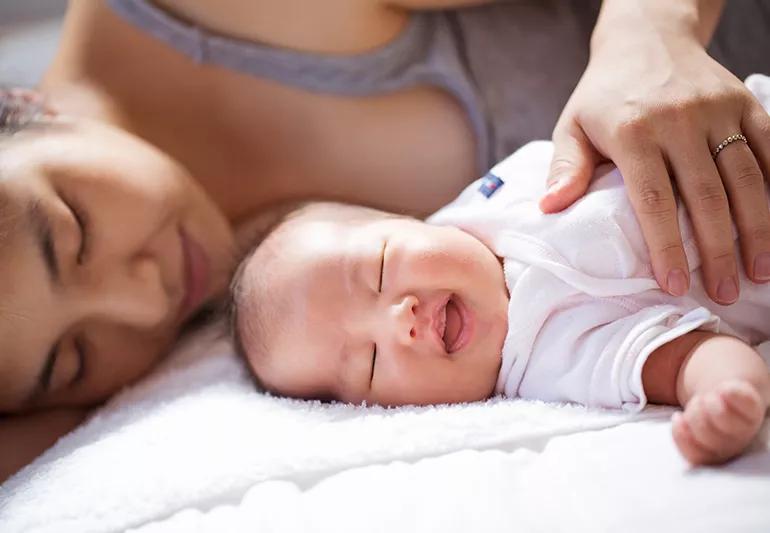
As the opioid epidemic rages on, some doctors are facing the problem head-on by looking in the mirror — reducing the amount of opioids and opioid prescriptions given out after surgeries, including cesarean sections.
Advertisement
Cleveland Clinic is a non-profit academic medical center. Advertising on our site helps support our mission. We do not endorse non-Cleveland Clinic products or services. Policy
Anesthesiologist Eric Chiang, MD, is on the frontlines, helping spearhead a change in pain meds prescribed after C-section at Cleveland Clinic. He explains the reasons behind this trend — and what it means for both you and your baby.
A: In the U.S., for the last two decades and continuing to today, we’ve focused on opioids as the main pain medicine. And not just for after C-sections — for after any surgery.
But this single-minded approach has led to excessive prescribing, which fuels the opioid crisis: Overprescribing means people are frequently left with extra pills. The meds are often diverted and sold on the street. A lot of people are exposed to these narcotics, which eventually lead them to heroin and other drugs.
Overprescribing has become a habit for doctors. There was pressure to prescribe these medications. There was pressure from the government on treating pain. And there’s been a demand for these medications from patients. Culturally, American patients think opioids are a stronger pain medicine. It all snowballed.
Although opioid use is on the rise around the world, the U.S. remains an extreme outlier. In other countries, Tylenol® and Motrin® are the first-line drugs. You hear statistics about how the U.S. has 5% of the world’s population and uses 80% of the world’s opioids. It’s totally true.
Advertisement
A: One of the main pain meds we used to give after C-section is Percocet®. It was very common to prescribe Percocet after any kind of surgery. Percocet is a combination drug. It’s an opioid (oxycodone) plus 325 milligrams of Tylenol. Vicodin® is similar — it’s an opioid (hydrocodone) plus Tylenol.
One problem is that if you prescribe Percocet to your patients, it becomes their go-to pain medicine. If they have 2 out of 10 pain, they’re going to take Percocet. If they have 10 out of 10 pain, they’re going to take Percocet.
We have had tremendous success by separating these drugs instead of giving a combination pill. This approach provides options: The patient can maximize non-narcotic medications (4,000 mg acetaminophen plus Motrin) and only take opioids for “breakthrough” pain.
What happens if you prescribe a combination pill? Patients will have to make complex calculations and keep track of dosages. “How much Tylenol is in that Percocet? How much is in this pill that I’m going to take now? How much am I getting over 24 hours? I can’t go over 4,000 milligrams.” In our experience, patients end up taking Percocet for all pain, increasing their exposure to opioids unnecessarily.
A: One of the objectives of our project at Cleveland Clinic was to try to address over-prescription. We made Tylenol and Motrin our primary pain meds after C-section. There are very few side effects, and they’re not opioids.
We have patients take Tylenol and Motrin around-the-clock, alternating them every three hours. Patients can use oxycodone in addition to the Tylenol and Motrin if they really need it. We let the patients decide.
When we did this, patients decided they didn’t want or need opioids:
Previously, even if a patient did not use opioids during their hospital stay, we gave them an opioid prescription when we discharged them. We are trying to change this practice — patients who don’t need opioids in the hospital are no longer sent home with a prescription for them.
For patients who do need opioids in the hospital, we now sending them home with five oxycodone pills. For comparison, in 2016, C-section patients were going home with around 32 pills. We also give people prescriptions for three days of Tylenol and Motrin, emphasizing that these are their primary pain medicines for C-section recovery.
A: Women need effective pain relief after childbirth because they need to take care of an infant. They need to learn how to breastfeed. Poorly controlled pain is also associated with postpartum depression.
Our patients are doing much better and are better able to care for their babies. They have fewer problems with issues associated with opioids. Patients are:
Advertisement
Patients have more control as well. They’re not left feeling like their only option is a narcotic pain med after C-section. They can decide what they want to take and if they’re going to take an opioid.
It’s also better if the baby is not exposed to opioids through breast milk. While all of the oral medicines we use are generally considered safe for breastfeeding, we prefer for the baby to get Motrin or Tylenol than oxycodone. Opioids can be a risk because they can cause respiratory depression — a decrease in the drive to breathe, both with the mother and the baby.
Advertisement
Learn more about our editorial process.
Advertisement

Placenta consumption hasn’t been shown to have any health benefits, but it can cause infections

Sitting, squatting and side-lying may provide a more comfortable labor and delivery

Use relaxation techniques and breathwork to help manage the discomforts of a medication-free birth
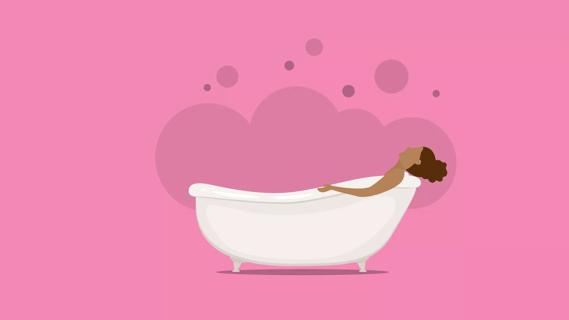
Rinses, sitz baths, ice and medication can help the healing
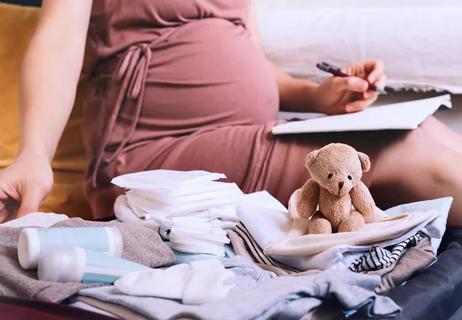
Babies aren’t great about scheduling, so be sure to pack a month or two before your due date
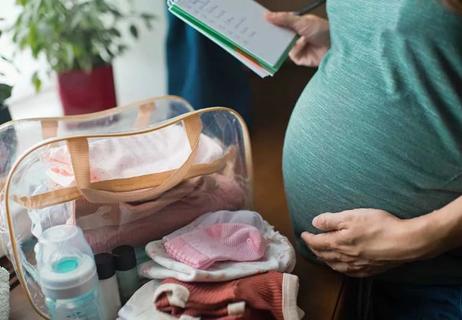
You can plan for almost anything, but be flexible about the outcome

There are risks to having a C-section and benefits to vaginal birth
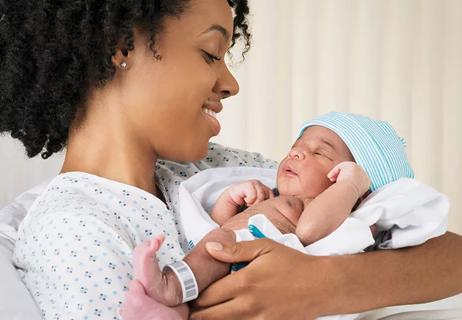
What to expect after having surgery

If you’re feeling short of breath, sleep can be tough — propping yourself up or sleeping on your side may help

If you fear the unknown or find yourself needing reassurance often, you may identify with this attachment style

If you’re looking to boost your gut health, it’s better to get fiber from whole foods